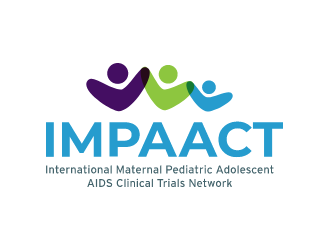2023 LEAP CROI 2023 Workshop in Seattle – Rodney Ho and Simone Perazzolo as plenary talks.

February 20, Seattle
The Long-Acting Extended Release Antiretroviral Research Resource Program (LEAP) virtually convened clinicians, investigators, developers, community advocacy groups, not-for-profit institutions, and regulatory authorities. Attendees shared their diverse perspectives and discussed updates, challenges, and future directions in the development of LA formulations. The meeting served as a forum to collectively advance the long-acting field. The Workshop consisted of two Plenary Sessions and four Focus Groups. Below, you’ll find links to video recordings and text summaries of the Plenary and Focus Group presentations.
Simone Perazzolo presented the PBPK method used to support DcNP development in terms of shedding light on in vivo mechanisms and particle properties – see video…
Rodney Ho gave an overview of the TLC-ART program and updated the community about the successful translation of our first long-acting product into the clinic – see video…
See the full program

2022 AAPS PharmSci 360 – Rodney Ho and Simone Perazzolo as guest speakers in symposia and focused sessions for a total of 5 talks
October 17-21, Boston
Professor Ho presented at the symposium titled “Recent Development in Prophylactic Therapies and Vaccines“. Dr Perazzolo presented at the symposium “Systems and Clinical Pharmacology of Covid-19 Therapeutic Candidates: A Clinical and Translational Medicine Perspective“. Rodney and Simone were involved in other sessions mainly discussing the role of systems pharmacology and the challenges and opportunities in long-acting drug development. Full list of presentations: Rodney, Simone.
2022 IMPAACT Network Meeting: DAIDS PB-PK Research Gaps and Collaboration – Simone Perazzolo as an invited presentation on PBPK modeling of nanoparticles
 June 22, Virtual
June 22, Virtual
Simone presented his PBPK modeling approach extendable to children’s long-acting drug development. He highlighted the possibility to include children’s physiological factors to scale adult pharmacokinetics and safety in children with particular attention to the lymphocyte and lymphatic system.